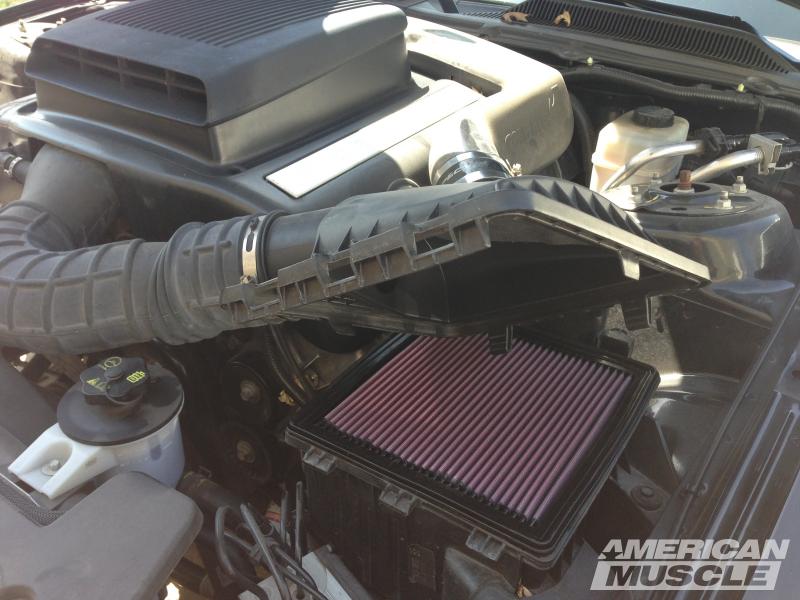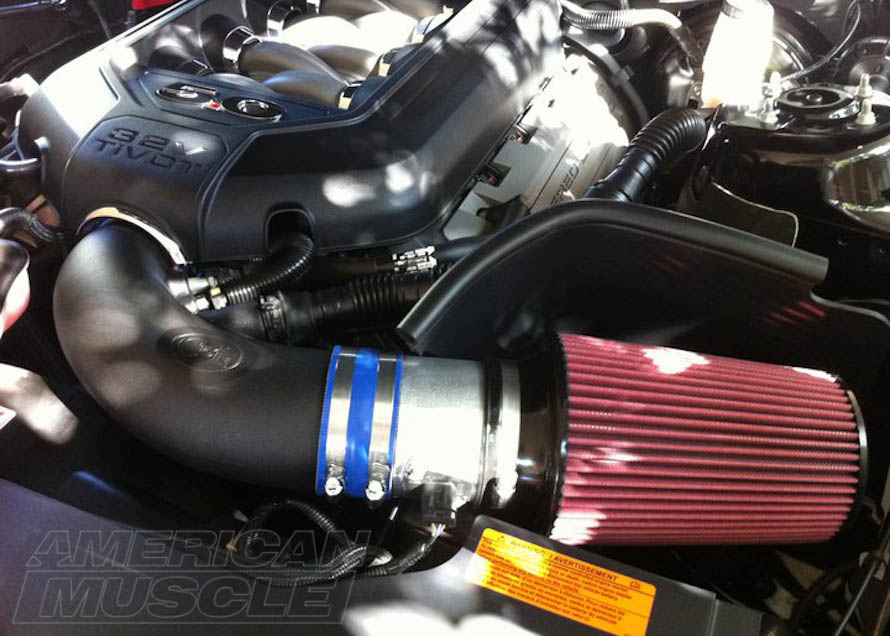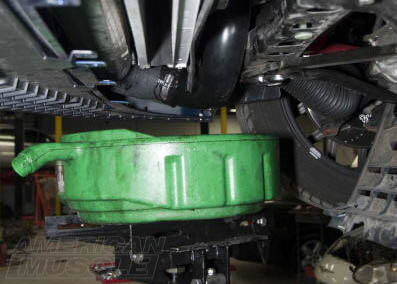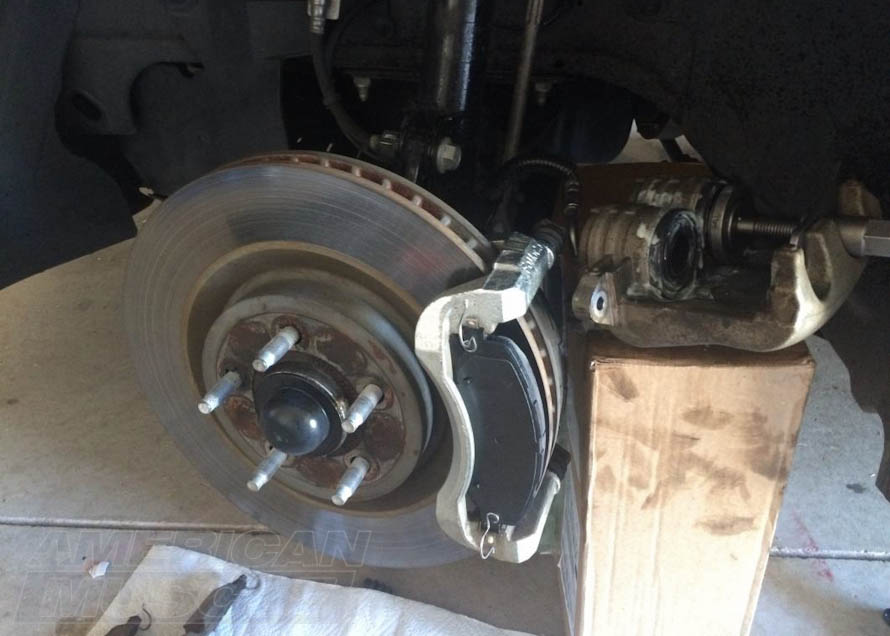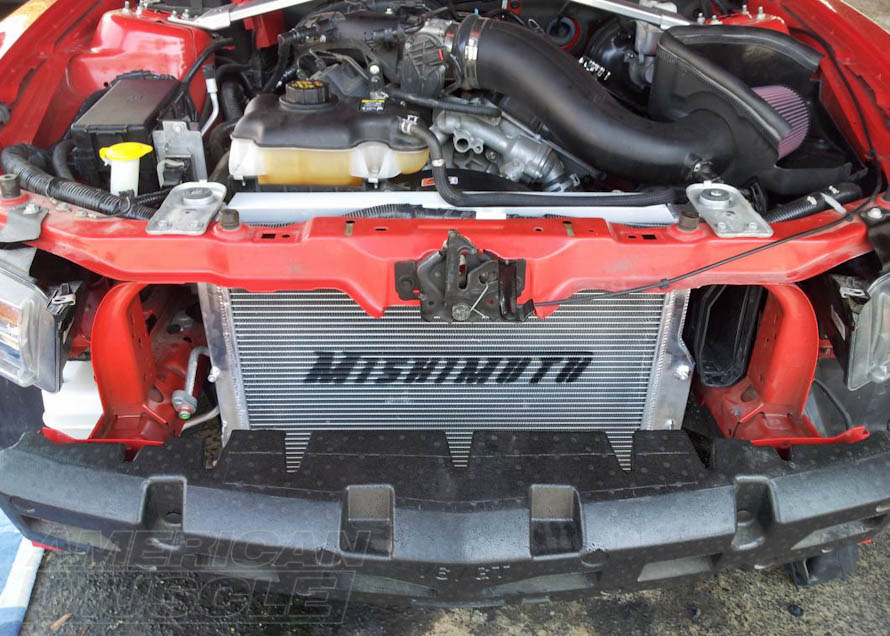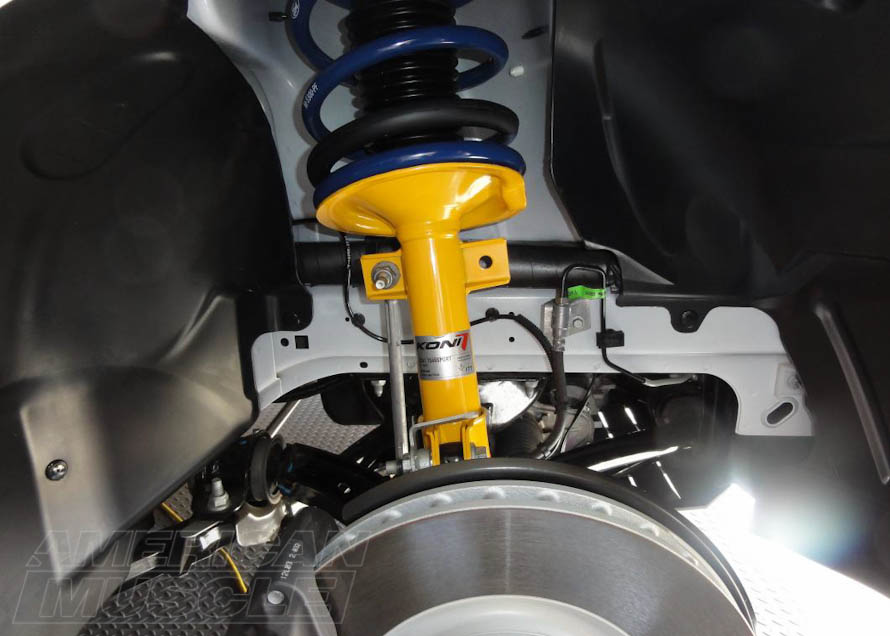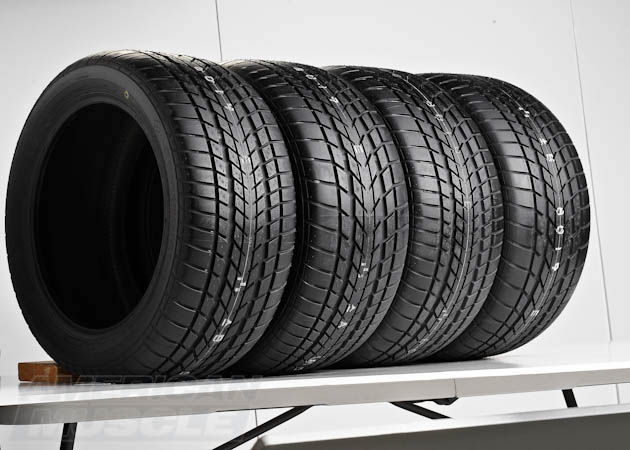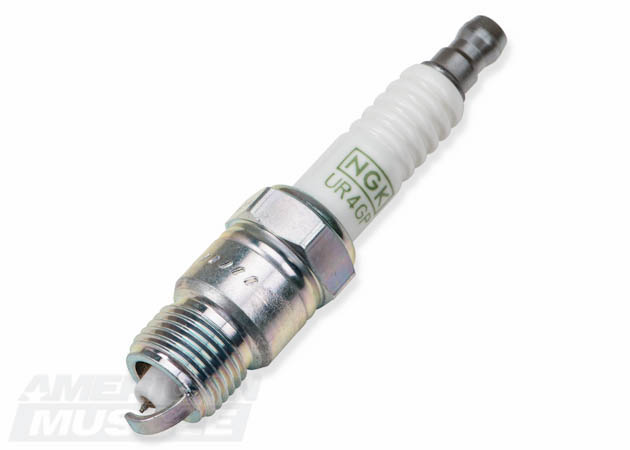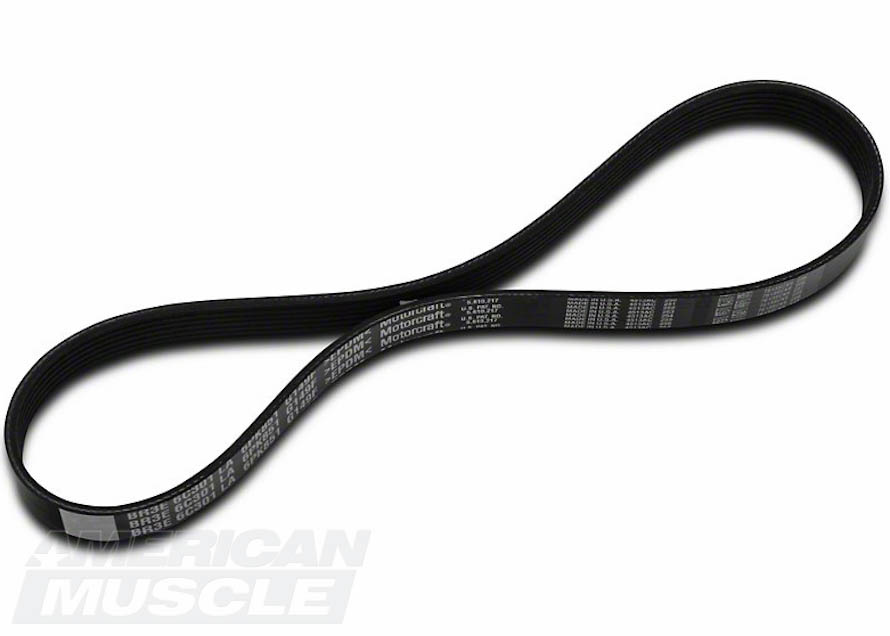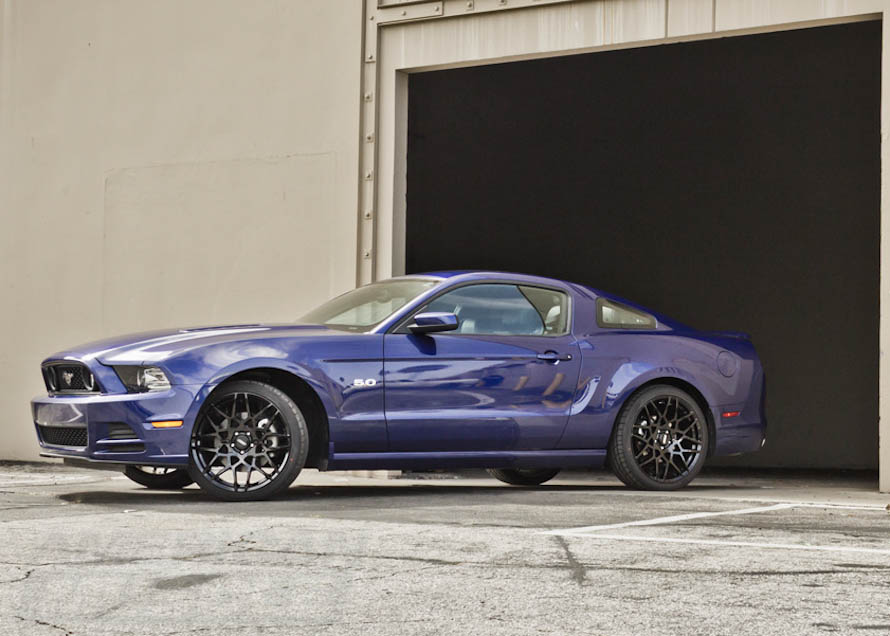Mustangs of today do not require the schedule of maintenance as the Mustangs of the past, but they still need to be maintained properly. So before you let that service light burn out on your 2005-2014 Mustang, you might want to go ahead and plan to keep your Muscle car in good working condition.
Contents
- Common Mustang Maintenance Parts
- Mustang Air Filters
- Oils
- Your Mustang's Brakes
- A Mustang's Cooling System
- Mustang Shocks & Struts
- Pay Attention to The Tires
- Spark Plugs
- What About Transmission Fluid?
- From the Factory: Mile by Mile
- Mustang Engine Belts & Checking Belt Tension
- Does My S197 Use a Timing Belt or Chain?
- Other Things to Look Out For:
- Keeping Your Rear Diff Up to Snuff
- Average Costs of Mustang Maintenance
Shop '05-'14 Mustang Maintenance
AmericanMuscle carries the maintenance parts you need to keep your Mustang running at its peak performance. From oil filters to ATF and injector cleaner, you'll find everything you need for your '05-'14 Ford Mustang.


